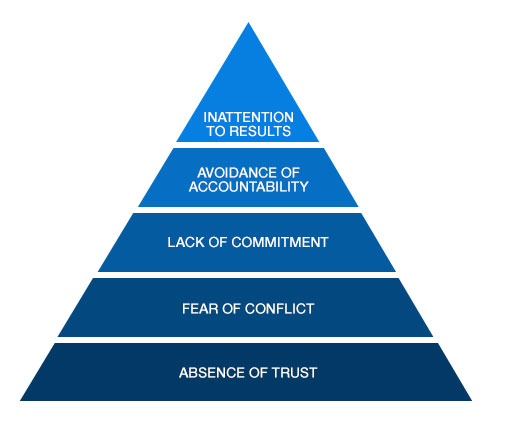Increasing Sense of Control in Team Sports
Sometime too little control and too much freedom/flexibility can lead to unhappiness, lack of consistency and guidance. There are many too flexible dieting failing, too flexible training programs failing, and too flexible leadership failing. What concerns me is that humans think that limiting flexibility and freedom is by nature bad – but the research says otherwise. Please see the video by Dan Gilbert.
On the flip side, lack of flexibility can lead to lack of feeling of being in control and that is a huge stressor and usual factor in overtraining and burnout.
There is a fine line between too much and too little control/flexibility. It is one of the examples of complementary aspect in leadership and management.
Control~freedom. Structure~flexibility.
“…it’s important to remember that structure is what pays the bills, but variety is what keeps you coming back day after day”
I have blogged about this issue before and I really love how Charles Staley solved this paradox in strength training by prescribing compulsory and optional exercises in a workout. This provides enough of wiggle room for the athlete to make his own choices and have a feeling of being in control. You can read more about it HERE, HERE, HERE and HERE among other Staley’s tips.
Going back to the team sports, last couple of seasons I wanted to use one rule with the players, but unfortunately didn’t go through with the staff. This simple rule can provide a great sense of being in control in a very structured team practices and I believe it can decrease psychological stress on the athletes by giving them a little wiggle room and control over what is happening.
This rule is simple: 3 no-questions-asked days off a month per player. This rule can be further constrained to restrict certain days for such a rule (e.g. Game day, couple of day before a game, etc) or that they cannot be used back-to-back (e.g. two days in a row). One can go over this with players and let them figure out the rules of using it. They can also figure out a way to increase those days (awards for great effort, consistency, team work, etc ~ make sure it is not ‘talent’ or ‘ability’, but effort or chemistry) or decrease (punishment: bad behavior, being late, showing lack of effort, whining, excuses, etc). In my opinion it is important to get the players involved in decision making and policy making for the team. This will increase ‘buy-in’ and everything else in the Patrick Lencioni’s Pyramid. Buy in is very important, so the players can show commitment, even if they don’t completely agree (but their opinion is being heard through trust and productive conflict) and hold each other accountable. It is also easy to punish without emotional burden when the rules and policies are agreed upon before the fault.

The coaches might feel that rule like this is absurd and retarded, but in the long run it might help decrease the burnout chances and increase honesty, trust and culture in general. Even the effort might improve if the players know they can get a day of with no questions asked if needed. I am not sure this will lead to slacking ~ it is not 10 days anyway 🙂
I also believe that investing in a good management, policies and structure might lead more benefits than training monitoring. Rules like these might be more effective than some expensive ‘readiness’ monitoring. Opinions, critiques are welcome as usual…











Responses